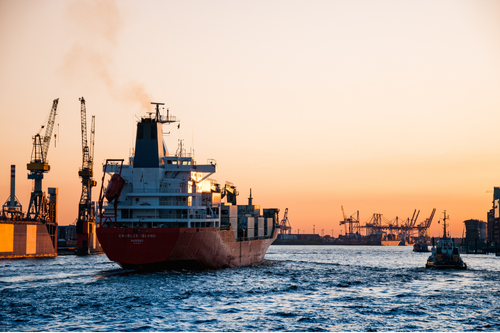Get Appointment
- contact@wellinor.com
- +(123)-456-7890
Ocean Marine Insurance
As one of the oldest forms of coverage, ocean marine insurance has its roots in the 1600s, emerging from merchants' need to safeguard against significant losses during a time when shipping was fraught with danger. While some risks associated with wooden ships have diminished, vessel owners today continue to face considerable risks, making ocean marine insurance as crucial as ever.
Over time, ocean marine insurance has evolved to offer increasingly comprehensive loss protection. This evolution has even led to the development of similar coverages, such as inland marine insurance. Initially exclusive to the maritime sector, inland marine insurance is now primarily used to address gaps in commercial property protection.

Today, ocean marine insurance comprises a set of three coverages that target the main areas of loss for vessel owners.
Ocean Marine Hull Coverage
Hull insurance protects against physical damage to a vessel and its operating equipment and machinery. This coverage isn't limited to ocean-going commercial vessels; it can also benefit tugboats, barges, various floating equipment, and even some fixed assets like offshore oil rigs and similar installations.
Ocean Marine Cargo Coverage
Ocean marine cargo policies cover waterborne cargo during any stage of the shipping process for physical damage. Some policies may also extend protection against theft and other forms of loss beyond physical damage. Coverage can be arranged for individual shipments or through open policies that encompass all shipments made during the policy term.
Ocean Marine Liability Coverage
Marine liability, often referred to as protection and indemnity (P&I) coverage, addresses a broad range of third-party liabilities that vessel owners may encounter during operations. P&I coverage typically includes:
- Injury, illness, or loss of life resulting from a vessel's operation
- Medical expenses related to any injury, illness, or loss of life
- Damage to other vessels or property due to collision
- Damage to other vessels or property from non-collision incidents
- Wreck cleanup and removal
- Damage to cargo under certain circumstances
- Expenses arising from quarantine
Trust the Ocean Marine Insurance Experts
Contact Simpson-McCrady today to discover how ocean marine insurance can safeguard your commercial vessels. Our expertise will help you mitigate risks and protect your financial interests.
Click and learn about our approach to drafting commercial insurance coverage solutions.
